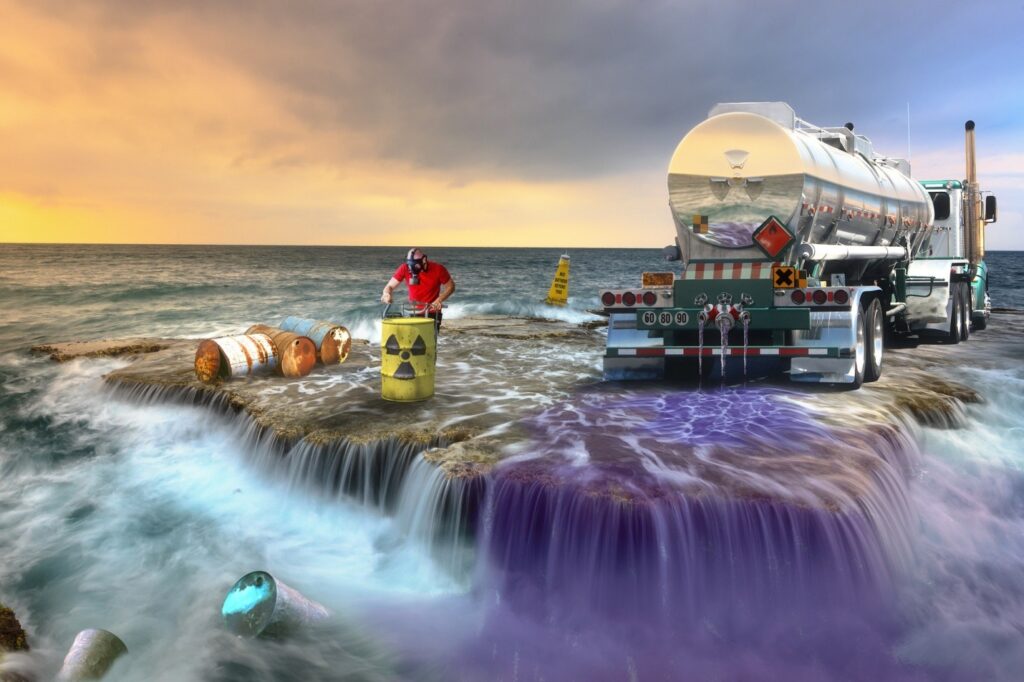The Ultimate Guide To Reclaim Waste
Table of ContentsOur Reclaim Waste PDFsRumored Buzz on Reclaim WasteRumored Buzz on Reclaim WasteThe 8-Second Trick For Reclaim WasteHow Reclaim Waste can Save You Time, Stress, and Money.
Residential sewage waste refers to the waste and items from a household septic tank. The appropriate administration and disposal of domestic sewage waste require liquid waste to be moved to a sewer therapy plant where the correct approaches and tools are used to purify and dispose of waste.
Business waste usually includes possible risks, such as combustible materials or a mixture of liquid and solid waste products, and needs an advanced and thorough disposal procedure. The disposal of commercial waste normally entails the filtration of waste before transportation to ensure safe and correct disposal. Industrial waste is produced from byproducts and drainage of commercial procedures and production.
This kind of waste can not make use of the same sewer administration transportation or processes as septic or industrial fluids. The commercial waste management procedure needs the inspection and testing of liquid waste before it undertakes the disposal process (industrial wastewater treatment). Drainage waste is the fluid waste that comes from runoff and excess stormwater in very populated areas or cities
Overflow waste can cause contamination and flooding if not taken care of appropriately. Making certain proper waste management can prevent disasters and minimize ecological harm.
How Reclaim Waste can Save You Time, Stress, and Money.
Contact PROS Providers today to find out about our waste monitoring and disposal services and the appropriate means to take care of the fluid waste you produce.
(https://www.huntingnet.com/forum/members/reclaimwaste1.html)Do you understand what occurs to your water when you end, flush the bathroom or drain pipes the washing machine? No? Well, it's worth recognizing. This supposed 'wastewater' is not just an essential source but, after therapy, will certainly be released to our land, rivers or the ocean. Utilized water from toilets, showers, bathrooms, cooking area sinks, washings and industrial procedures is referred to as wastewater.

water used to cool equipment or tidy plant and equipment). Stormwater, a kind of wastewater, is overflow that moves from agricultural and metropolitan locations such YOURURL.com as roofings, parks, yards, roads, paths and seamless gutters into stormwater drains pipes, after rainfall. Stormwater flows untreated directly to regional creeks or rivers, eventually reaching the ocean.
Reclaim Waste Fundamentals Explained
In Queensland, most wastewater is treated at sewage therapy plants. Wastewater is delivered from domestic or commercial sites through a system of sewage systems and pump stations, called sewage reticulation, to a sewage treatment plant. Local governments build, preserve and operate most sewage therapy plants. Operators are certified under the Environmental Management Act 1994 to release cured wastewater at an acceptable environmental standard right into waterways.
The Division of Natural Resources suggests regional governments about managing, operating and keeping sewerage systems and treatment plants. In unsewered areas, city governments might require owners to mount specific or family sewage treatment systems to deal with residential wastewater from bathrooms, kitchen areas, restrooms and laundries. The Division of Natural Resources authorizes the use of household systems when they are confirmed to be efficient.
In some brand-new class, treatment of some stormwater to eliminate litter, sand and crushed rock has begun using gross pollutant catches. Wastewater therapy takes place in four phases: Gets rid of strong matter.
Wastewater then flows right into large containers where solids settle and are gotten rid of as sludge. Grease and scum are skimmed from the surface area. Utilizes little living organisms referred to as micro-organisms to damage down and remove continuing to be dissolved wastes and fine fragments. Micro-organisms and wastes are incorporated in the sludge. Gets rid of nitrogen and phosphorus nutrients that can trigger algal blossoms in our waterways and endanger water life.
Unknown Facts About Reclaim Waste
Nutrient removal is not readily available whatsoever sewage treatment plants because it requires expensive specialist devices. It is ending up being extra usual in Queensland. Clear fluid effluent created after treatment may still consist of disease-causing micro-organisms. If this effluent is released into rivers such as rivers or the sea, the micro-organisms will at some point pass away out.

This typically implies wastewater has actually to be dealt with or pollutants eliminated before it can be released to rivers. A lot of wastewater flows right into the sewerage system. Under the Act, city governments carry out authorizations and licences for eco pertinent activities (Ages) involving wastewater launches that may have a regional effect. The division provides approvals and permits to Ages involving wastewater launches that may have a local or statewide effect.
Everything about Reclaim Waste
Tracking gives factual information about water high quality and can verify that licence conditions are being fulfilled. The details gotten via surveillance provides the basis for making water quality choices.